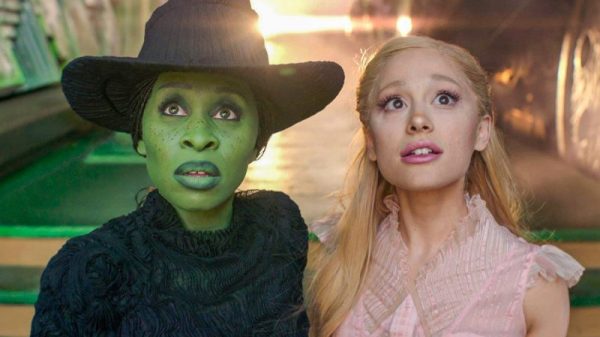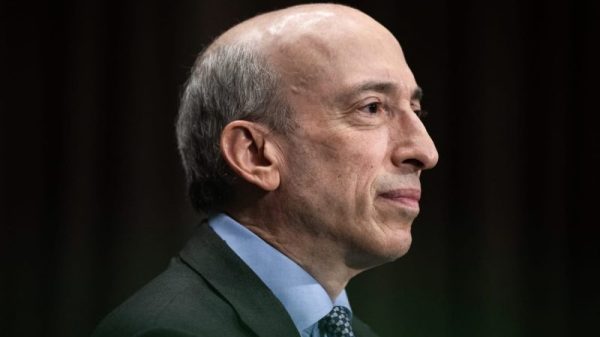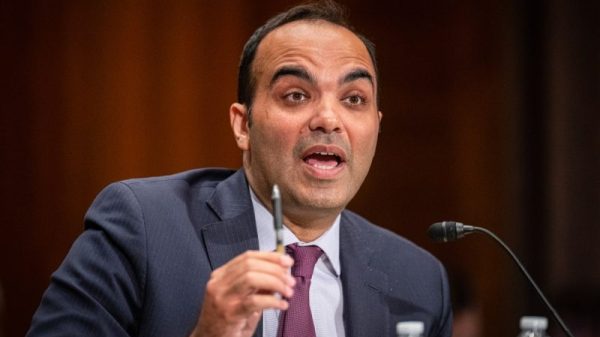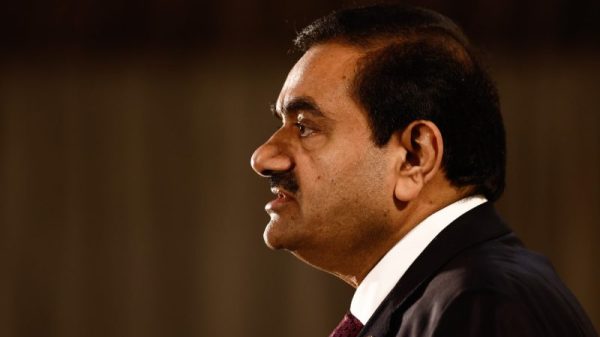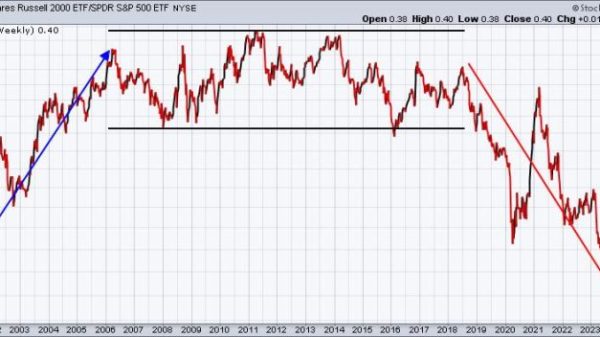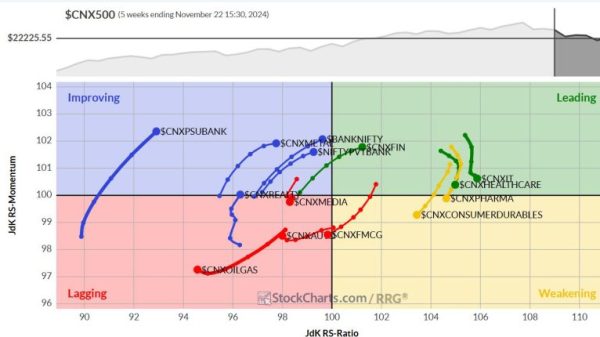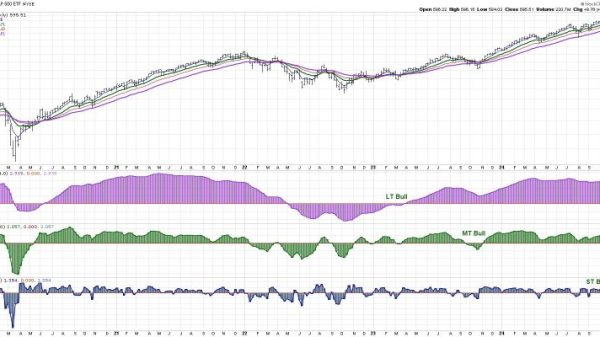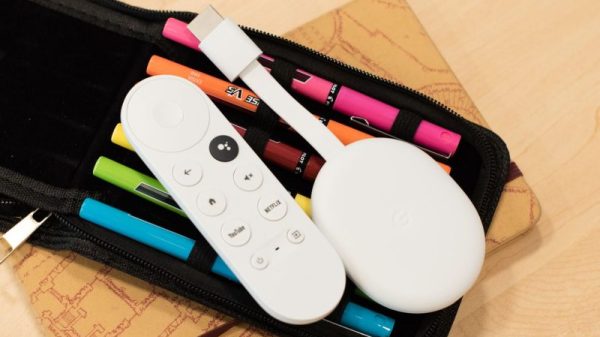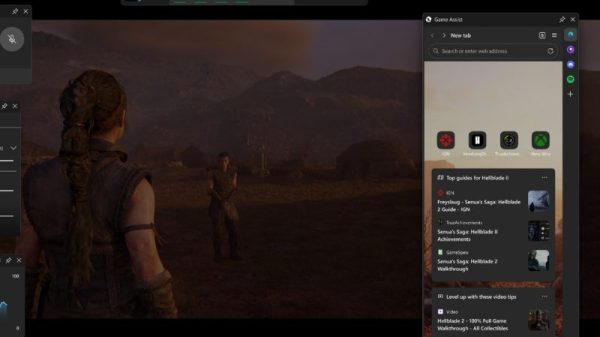New polling of the Republican primary in New Hampshire shows that former president Donald Trump retains a robust lead over his opponents, securing 46 percent of the expected vote to former ambassador to the United Nations Nikki Haley’s 26.
But new polling of the Republican primary in New Hampshire also shows that Haley has largely closed the gap with Trump, pulling to within seven points.
It’s a weird divergence in polling, one that is easy to prompt observers to throw up their hands in confusion. A closer look at the results, though, shows that the results are actually reconcilable — and may actually be cause for additional confidence in how pollsters do their work.
Let’s start with the closer poll, published by CNN in partnership with the University of New Hampshire. We can visualize the top-line results and the specific demographic results by presenting them on a radar plot, a type of graph that shows data as the distance from a center point.
Here’s the CNN result, with results by gender, party and education broken out. You can see that Trump’s (magenta blob) lead over Haley (green blob) is fairly consistent by gender, as the magenta blob extends past the green one along the “men” and “women” spokes to an equal distance. Where there’s a split, it’s in the support from registered Republicans; Haley does better with independents.
There’s also a big divide by education, as has long been the case: Voters with less education are more supportive of Trump.
We can also compare these results to the previous CNN-UNH poll, released in November. On the chart below, you can see that there has been a slight contraction in Trump’s support; the yellowish blob extends farther along most spokes than does the current magenta one.
For Haley, the opposite is true. Her support has extended outward among most demographic groups. Her blob has grown, you could say.
The opposite effect is visible in Florida Gov. Ron DeSantis’s stumbling effort. His blob, already small two months ago, has nearly blinked out of existence.
So that’s CNN. Now consider the results from the USA Today-Suffolk University poll that has Trump up by 20.
You can see below that Trump’s support is generally much wider than Haley’s, with the exceptions of partisanship and ideology. Haley is the choice of more moderate primary voters.
Comparing the new result to a USA Today-Suffolk University poll in the state released in October, we see that Trump’s shift looks a lot like the one from CNN. His support has contracted — a little.
Haley’s support, meanwhile, has expanded.
So how do we reconcile the differences between the two polls? Well, let’s consider how Trump fares in the demographic groups that are included in both of the new polls. The USA Today poll (yellow blob) shows him with more support across those groups than he gets in CNN’s (blue blob).
The opposite is true for Haley.
A useful thing to remember, though, is that the top-line percentages aren’t the best way to think about poll results. There’s a built-in uncertainty to the numbers, most obviously measured in the poll’s margin of error. The overall results in the CNN poll have a margin of error of 3.2 points; for USA Today, it’s 4.4 points.
If we apply those margins of error to the results for Trump in each poll, the results look like this. Notice that, both overall and for most demographic groups, the yellow and blue areas overlap. That means that among those groups, there’s no statistical difference between the two polls’ results. If Trump’s support in New Hampshire is really 42 percent — setting aside the vagueness of this concept for a moment — it’s within the lower bound of USA Today’s poll and the upper one from CNN.
Why are there still demographic results where there’s a gap showing a difference that is outside the margins of error? Probably in large part because we’re applying the overall margin of error to subgroups. The fewer people you interview, the higher your margin of error, and since, say, 18- to 34-year-olds make up only a fraction of the overall group of respondents, the margin of error for them is much higher.
There may be other factors at play, of course, including that the pollsters may be making different decisions about who’s likely to vote or who should be included in the poll results. Polling involves some measure of interpretation.
If we do the same consideration of margins of error for Haley’s results, you see that her support is generally within the margin-of-error ranges. The USA Today and CNN results for her overall support, like Trump’s, have a shared range. If she “really” has the support of 29 percent of primary voters, both polls are accurate.
In fact, this is what we want to see in polls, particularly as Election Day nears. We want a range of poll results from different pollsters applying different theories of who will vote and how the results should be weighted. More polls means that averages of polls will be more accurate, and will better inform expectations.
Yes, it is confusing. But, no, it’s not a sign that polling is broken.






